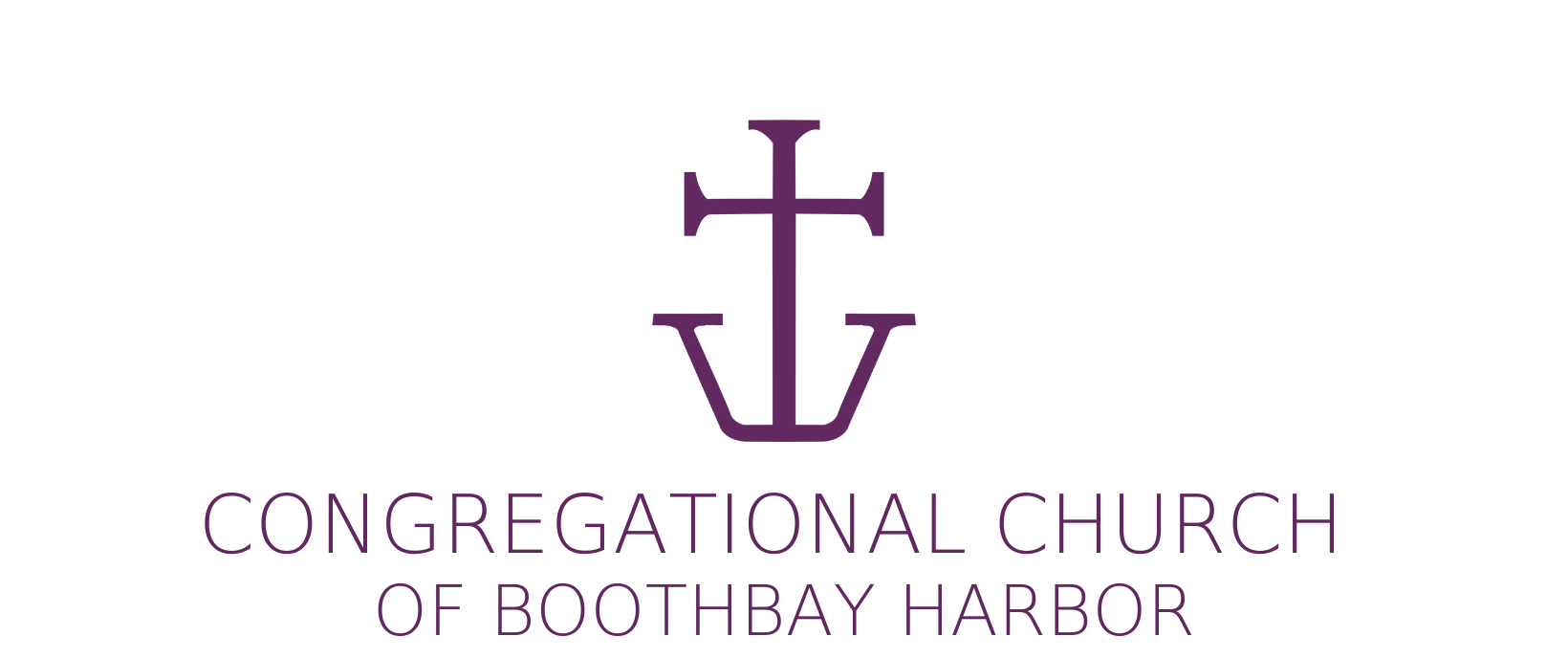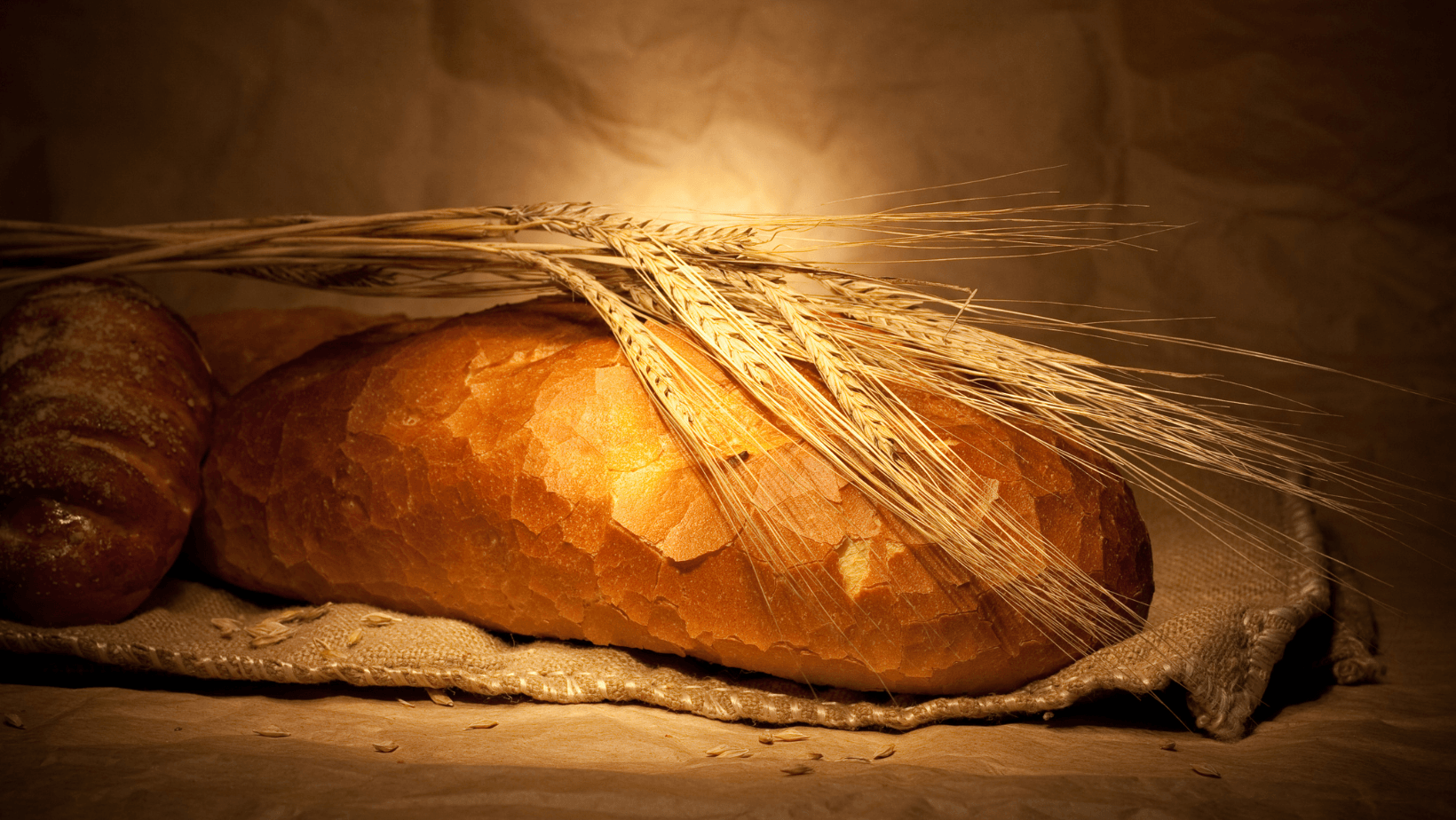Jesus said, “I am the bread of life.” He taught us to pray, “Give us this day our daily bread.” From five loaves given by a small boy, all were fed. (I guess it was wonder bread!).
Long before Wonder Bread, archeologists found charred remnants of bread in the Jordanian desert carbon dated 14,000 years ago. This date is at the end of the last Ice Age, and the Neolithic agricultural revolution begins. Someone harvested wild wheat and barley, ground it, mixed it with roots and water, and roasted it to make bread. Humans lived for 2.4 million years without bread, hunting, and gathering food, but they lived much better afterward. The Egyptians brought yeast into the process. They may not have understood the science of living micro-organisms, which consumed the flour and excreted carbon dioxide waste, making the dough rise, but they loved the results. Bread is at the core of civilization. It is still 20 percent of all human calories consumed. Americans consume 53 pounds of bread annually. Jesus said, “Humans can’t live by bread alone,” but civilization would likely starve without it.
Baking bread is one of the oldest occupations. The process is similar across the centuries, even as the world has changed dramatically. Wonder Bread was more of a step backward. Wonder simply lasted longer because of the processed flour and added preservatives. It is scientifically valid that mold grows slower on Wonder than on all other bread tested. It was so low in nutritional value that vitamins and calcium were added so it could qualify as food. Yet somehow, this bread made it into our Communion celebration. Wonder Bread does have important holy uses. Its consistency, which is pliable and can easily be rolled into a ball and tossed across a cafeteria, is also perfect for cleaning and restoring Renaissance frescoes. Wonder Bread was the substance of choice used to clean Michelangelo’s work on the Sistine Chapel ceiling. Everything has a purpose; if we can only discover the true nature of the substance, we can unlock the wonders of God.
Bread is the central image in our readings from the sixth chapter of John’s Gospel. The story begins with the feeding of 5000 people. This event is chronicled in all four Gospels, and John’s Gospel has Jesus feeding crowds on two occasions. The action is both tangible and symbolic. The Gospel writers portray Jesus as the provider of our daily bread as essential to understanding who Jesus is. He cares about our daily human needs. The early readers of this Gospel may have understood this story compared to the Roman emperors throwing out bread to the crowds at the coliseum to get them to fill the area and cheer loudly. The phrase “bread and circuses” was first penned by the Roman poet Juvenal in a satire about how the despots controlled the masses. Juvenal wrote in 100 CE, parallel with John’s Gospel’s origins.
It would not be difficult for the reader to compare Caesar’s manipulation of crowds with bread and circus to Jesus offering bread to the crowd but teaching them God's ways rather than entertaining them with gladiator combat. John’s stories tell us that some people who witness the feeding of 5000 want to make Jesus the king. “Be our king and secure our food for us, Jesus.” Jesus rejects this idea, much like he rejected the temptation to turn stone into bread. Besides, Rome would have executed him. Jesus had a deeper purpose that involved body and soul, bread of wheat and bread of life, love and justice. People ask for another sign from Jesus. If you can produce bread, what else can you do? Jesus deflects the question by discussing Moses and the Israelites in the wilderness. When they were hungry, they found manna in the wilderness. It is a story about God sustaining humanity, not just through our stomachs, but God will sustain the community. Jesus wasn’t giving bread to gain power; he was offering a sign about the nature of God. God is generous; God’s creation is ample and gives us what we need if we are good stewards of what we have received.
Bread symbolizes the generosity of creation. Did you know that one grain of wheat grows eight separate heads, each containing about 40 grains? One grain produces over 300 new grains. One acre of land, about the size of a football field, feeds 40 people yearly. A family with a 40-acre farm is feeding 1600 people a year. No wonder early humans harnessed the productivity of wheat. The grain is prodigious; it can provide the world if you don’t have a gluten intolerance.
Hunger is seldom a problem of not having enough land or productivity. Hunger is a problem of distribution of resources. A study in the UK estimated that 30 percent of bread is wasted. Terrible transportation in India leads to 40 percent of all food spoiling before it can get to market. The Nobel economist Amartya Sen discovered that during famines, the starving nations were exporting food. England sold food to other markets while the Irish starved during the so-called potato famine. Famines in India after World War II was caused by grain going to feed the allied armies. Landowners got better prices overseas, and the people who tended the crops starved. These were economic-driven famines. Creation is generous. Humans often cause scarcity.
The story of the feeding of the 5000 illustrates God’s intentions for humanity. Bread for the world. The event details are similar in all the Gospels, but John’s Gospel adds the element of a small boy offering his five loaves to share with the crowd. I love this addition! God works through surprising human generosity. Imagine how the crowd around Jesus reacts when a small boy shares all this food. It was enough food to feed himself for at least a day. He didn’t offer half his food; he put the whole thing out there for everyone. This boy brings the extravagant generosity of God to the story. Where did he learn this? Did his parents teach him to be generous? Where were his parents while all this was going on?
What strikes me is the wonder begins with a small human action of expansive generosity, which leads to a cascading reality where everyone is fed. Generosity creates energy and builds community. While we often refer to this story as the miracle of feeding 5000 people, I think we should rename it “The Open-Hearted generosity of a small boy changes everything.”
We lose sight of the element of generosity and thanksgiving in our communion services. When Jesus said, “Do this in remembrance of me.” I don’t think he was proposing that we have a monthly Memorial Service in his name. The communion sermon isn’t a eulogy to remember the good times the disciples had with Jesus and then have a little cry. Nor is it only about repentance, to meditate on how our sins betray Jesus just as Judas did.
The original word for Communion is Eucharist. In Greek, it means “thanksgiving.” Charis is Greek for grace, a life-giving act of kindness. So Eucharist is the act of celebrating grace and kindness received. It is the feast of Great Thanksgiving for all the things God has done. It doesn’t need to be exclusively focused on the cross. Jesus said, “Do this in remembrance of me,” not “do this to remember me hanging on a cross.” Communion prayers thank God for the gift of all creation, food, beauty, love, and justice, for prophets and Jesus’s work among us, the gift of the Holy Spirit, and the community of the church so we do not travel alone.
Gratitude and joy are the heart of the communion meal. If there is food involved, it is a joyful occasion. Jesus did not say fast in remembrance of me or become an ascetic eating only dry bread and drinking only water in remembrance of me. But eat bread and drink wine, which all came after the roast lamb at the beginning of the Passover Feast.
Communion entwines generosity and thanksgiving. God is generous; we give thanks, then we become generous. That is how God works, even through small boys with five loaves. Our stewardship theme, “From Bread and Cup to Faith and Giving,” helps us make this connection. This theme invites us to explore the great relevance of communion in shaping our faith together. The timing is excellent. We have not been eating together for over two years. We have been nervous about potlucks, and it is just this month that we did away with the little pre-packaged elements to serving one another bread and cup. I watched as some of you became teary-eyed to share communion in this way again. Eating together, preparing food, and serving one another, makes a community real. You may have seen we are starting the community luncheons again in November. Part of the goal is to provide a meal for people who need a little supplement to make ends meet, but it is also to create a community where we break bread and belong to each other.
This stewardship season isn’t just about the church budget; it is a season of gratitude where we are all invited to think about how we will share God’s generosity with the world. Jesus said, “I am the bread of life.” For this great gift, we give thanks and respond with a generous welcome.





